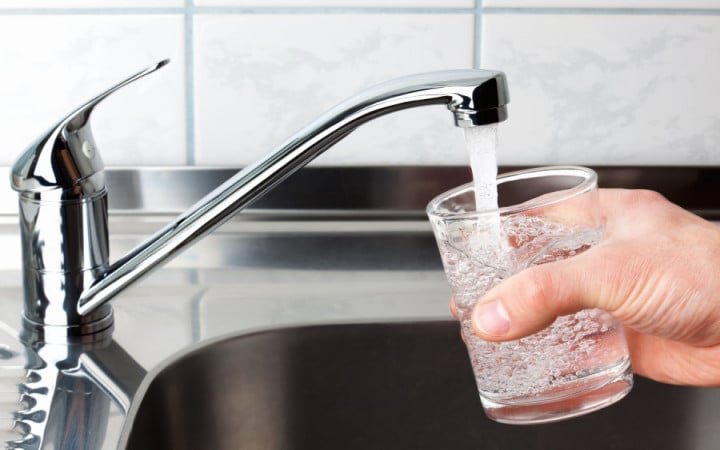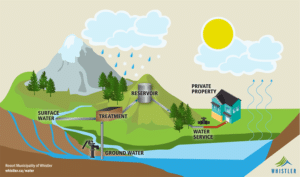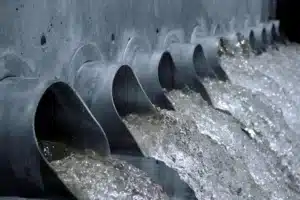

Tap water is an essential part of our daily lives, flowing through our homes and businesses with the turn of a faucet. However, have you ever wondered where this seemingly endless supply of clean tap water comes from? The truth is, the water that gushes out of your tap goes through a fascinating journey before it reaches your glass. Let’s take a closer look at the various sources of tap water and the treatment processes that ensure its safety.
Surface Water
For many of us, our tap water originates from surface water sources such as rivers, lakes, and reservoirs. Once collected, the water undergoes treatment at water treatment plants, where impurities are removed through a series of sedimentation, filtration, and disinfection processes. This treated water is then distributed to our homes and businesses via an intricate network of pipes, water pump stations, and storage tank
Groundwater
In some regions, tap water comes from underground aquifers. Wells are drilled to access these groundwater sources, and water is pumped to the surface. Groundwater is often naturally filtered by the layers of soil and rock it traverses, which typically results in relatively clean water. Nevertheless, treatment including disinfection is still essential to ensure it meets the stringent drinking water standards.
Desalination
In coastal areas plagued by a scarcity of freshwater, desalination plants come to the rescue. These facilities work tirelessly to transform seawater into drinking water. While desalination is an energy-intensive process, it provides a dependable source of fresh water in arid regions, helping communities thrive.
Recycled Water
Some locales take an eco-friendly approach by utilizing treated wastewater, also known as reclaimed or recycled water, for non-potable purposes like irrigation, industrial processes, or even toilet flushing. In certain cases, advanced treatment techniques can render recycled water safe for drinking, although this practice is less common.
Rainwater Harvesting
In specific situations, particularly in rural or remote areas, rainwater takes center stage as the primary source of drinking water. Rainwater is collected and stored, but additional treatment is typically required to ensure water quality and safety.

Spring Water
In rare instances, tap water may flow directly from natural springs. These springs are highly regarded for their purity, often necessitating minimal treatment before they become safe for consumption.
Regardless of the source, the water’s journey is far from over once it’s collected. It embarks on a series of treatment processes that serve to remove impurities, disinfect it to obliterate harmful microorganisms, and adjust its chemical composition to meet strict drinking water standards.
Only after this rigorous treatment does the water begin its voyage through a complex pipe distribution network, ultimately reaching our homes and businesses where it’s accessible with a simple twist of a tap.
Municipalities and Authorities shoulder the responsibility of ensuring that tap water is safe for consumption. They conduct regular tests and assessments to maintain the high-quality standards we’ve come to rely on. So, the next time you fill your glass from the tap, you can appreciate the remarkable journey your water has taken to reach you, clean and safe for your enjoyment.
For more information about Carroll Engineering’ water services, please visit https://www.carrollengineering.com/services/water-facilities-engineering/

